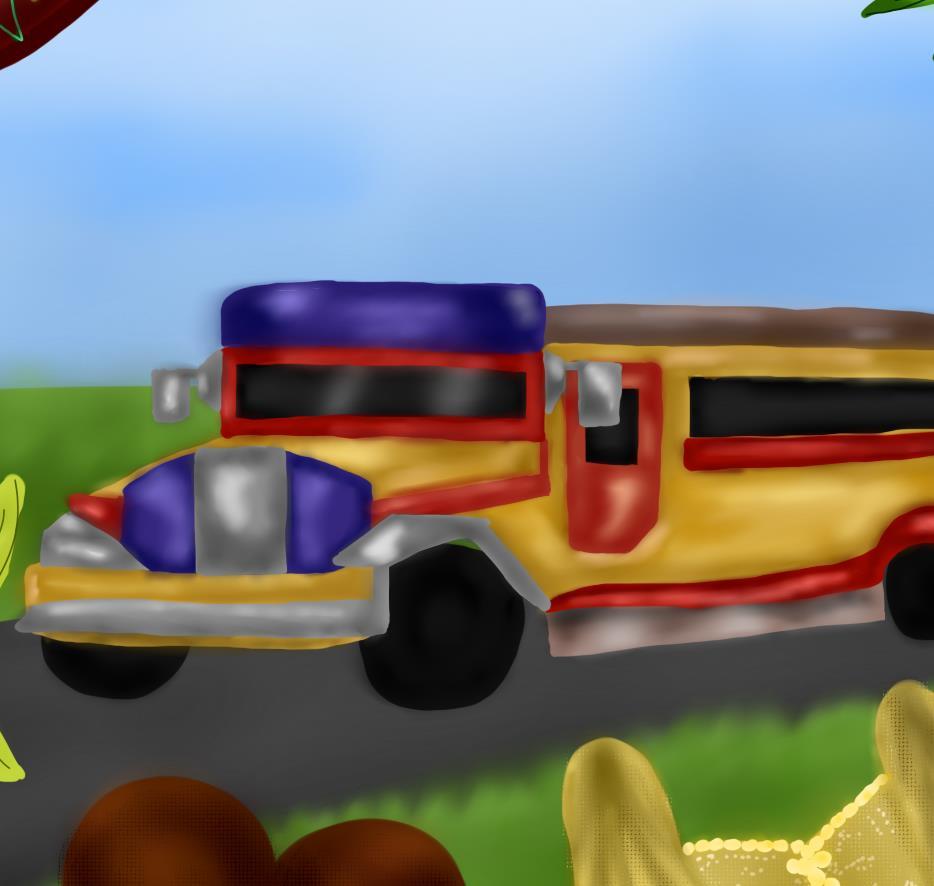
1 minute read
Preface
from LUNDAG
As we ascertained, art has two innate characteristics: (a) Its complexity and (b) ambivalence. As an ever-evolving sociocultural and geopolitical concept, art remains an intricate piece of humanity that is difficult to capture and unilaterally represent. To this end, art must be appreciated in its most thought-provoking form, plural and contextual to the audience.
As a summary of a semester's worth of studying critical perspectives in the arts, this creative magazine uses the language of art to expound on the interplay between and among Filipino art and broader artistic discourses. More specifically, we address questions within the field of art that reconcile its complexity and ambivalence vis-a-vis a post-structuralist interpretivist paradigm.
Advertisement
Against this backdrop, this creative output answers the following questions:
1. How do changes in Philippine society correspond to the changes in art and vice versa?
2. What is the most applicable definition of Filipino art?
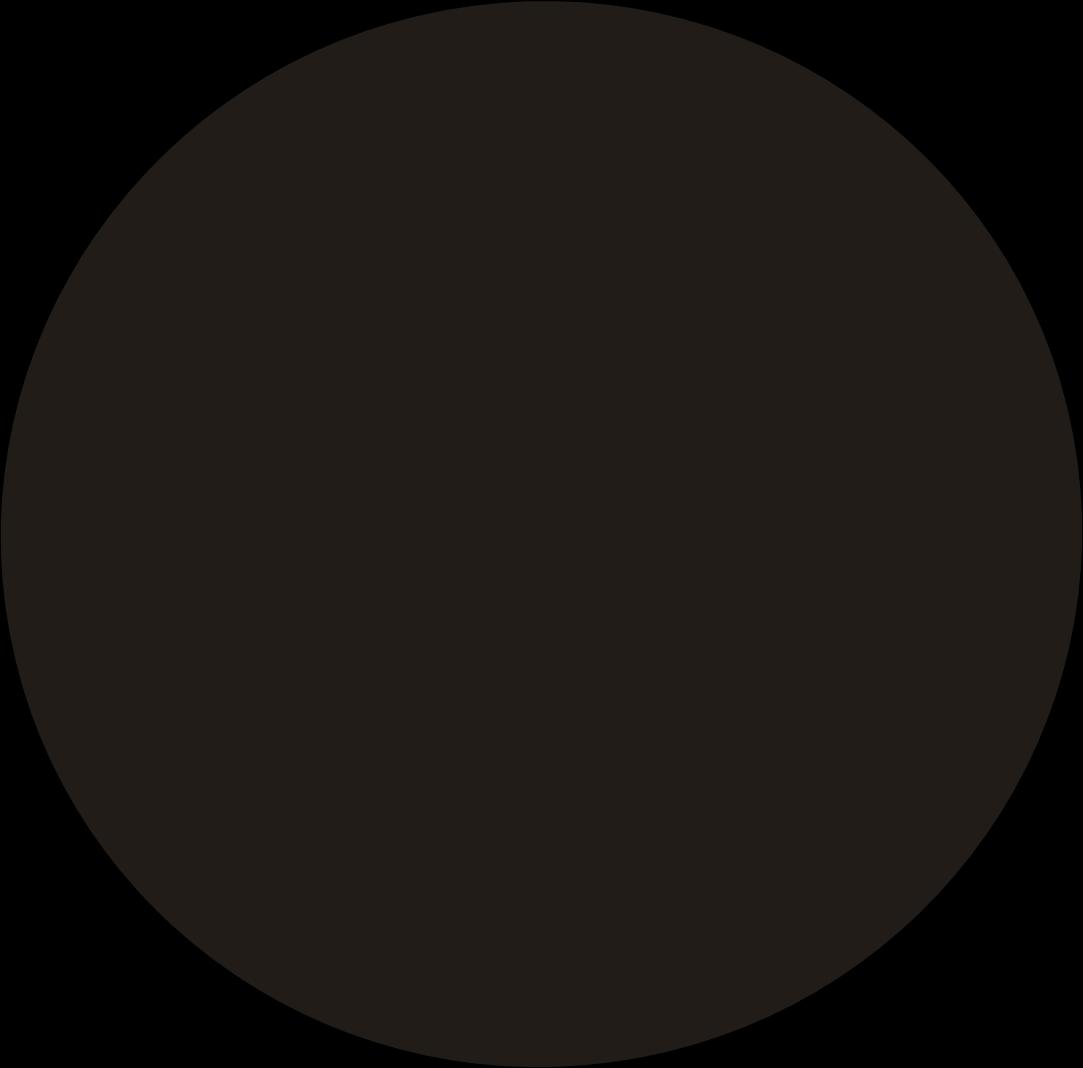
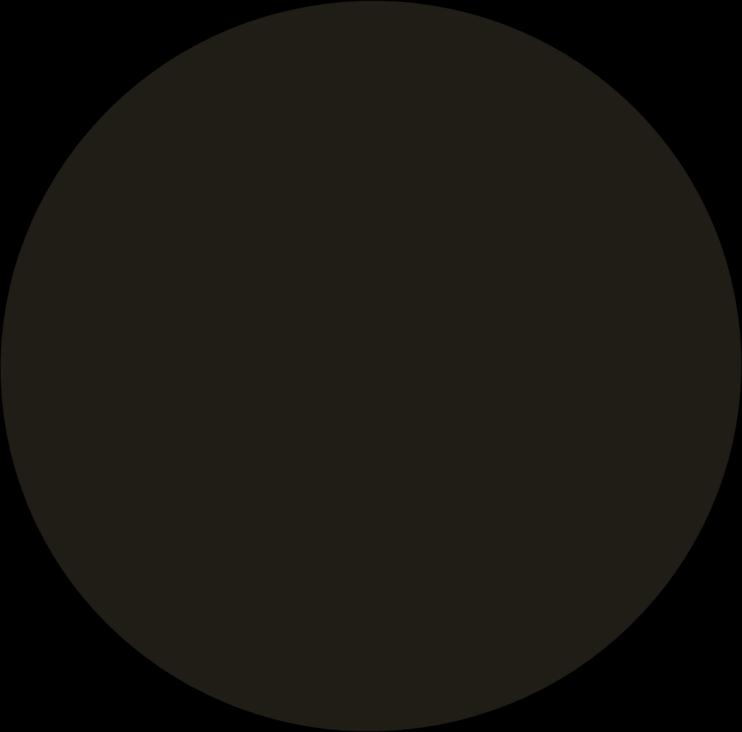
3. What is the intersection between Filipino art, politics, and culture?
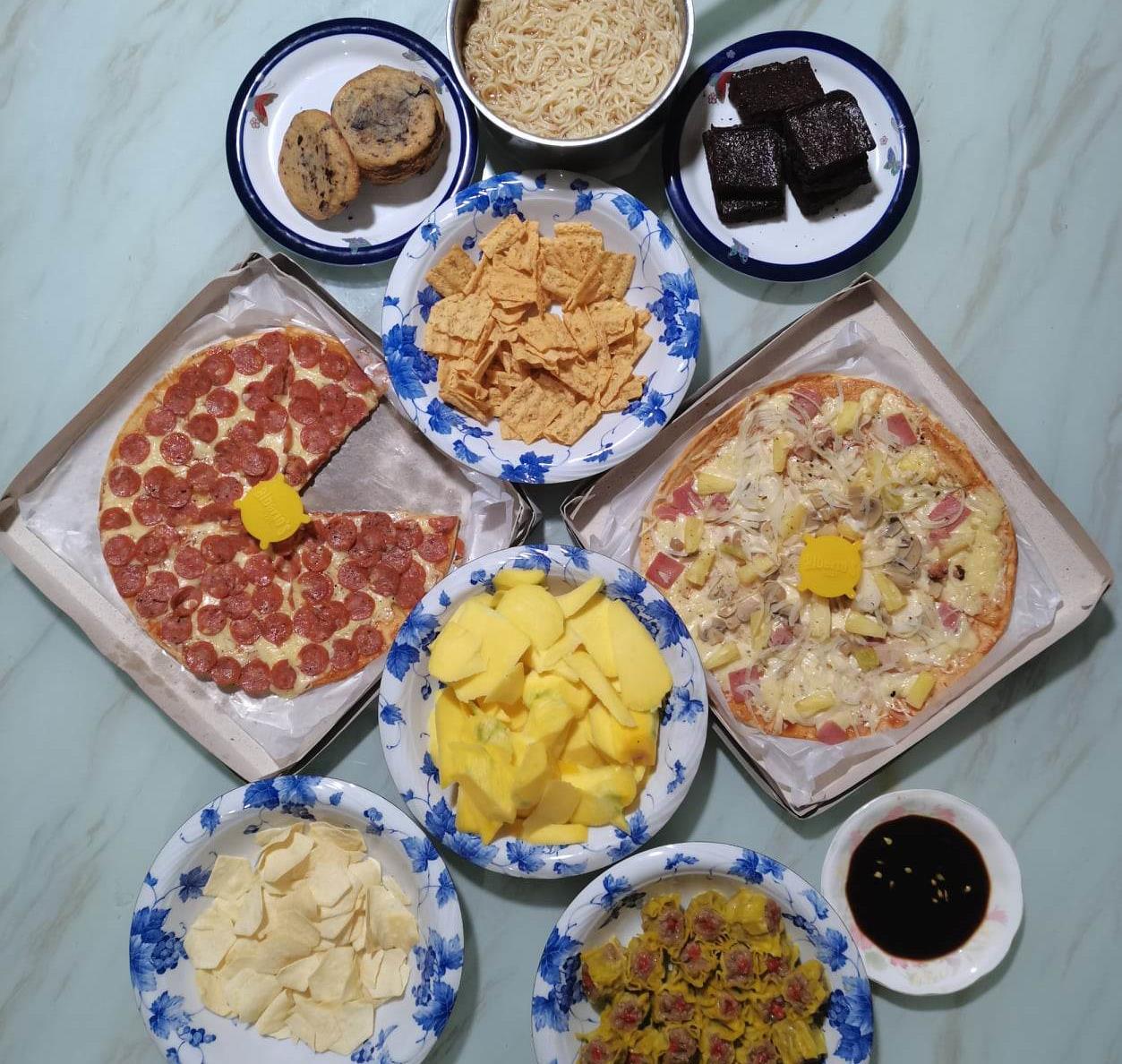
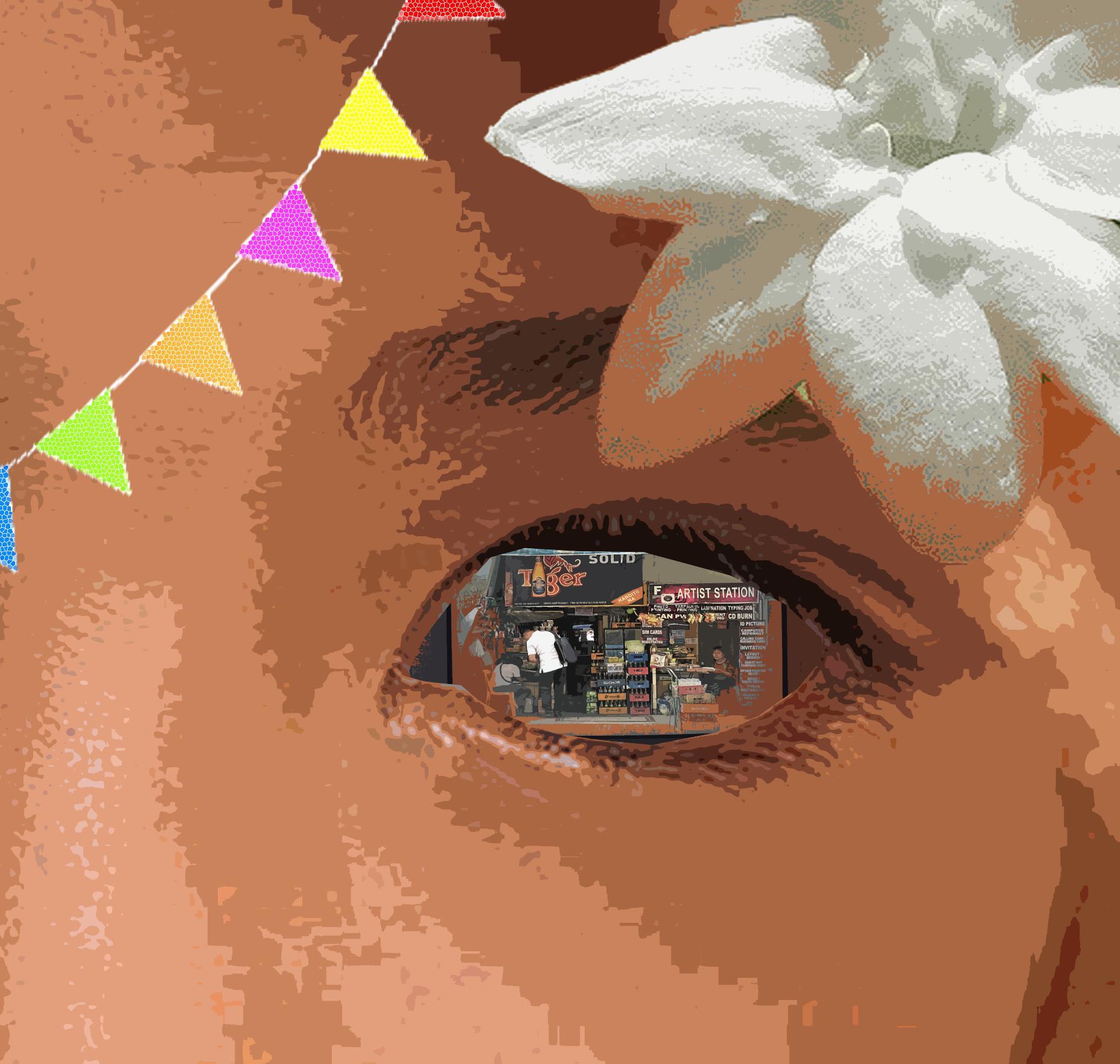
4. Does art define the maker, or does the maker define art?
5. In distinguishing Human and Artificial intelligence art, is the latter a sociocultural development of a new art style?
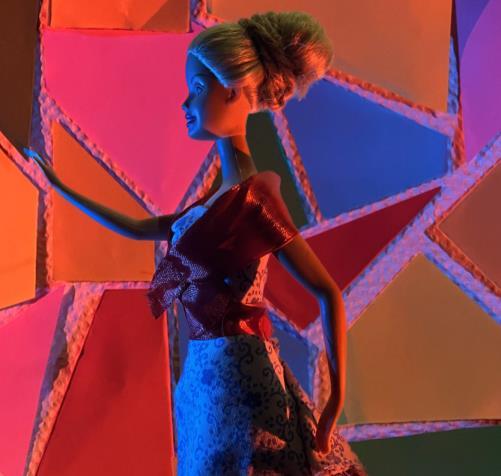
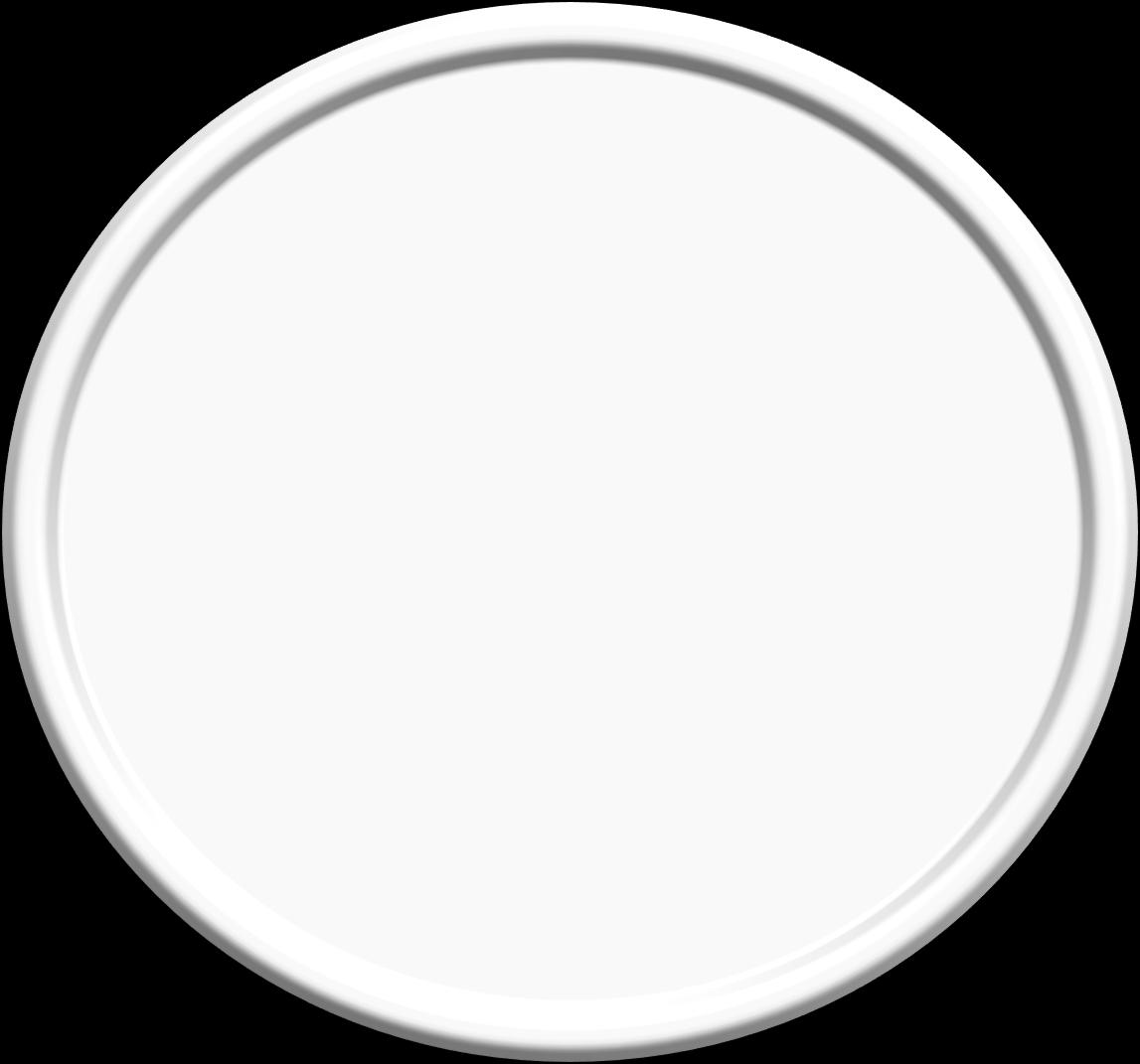
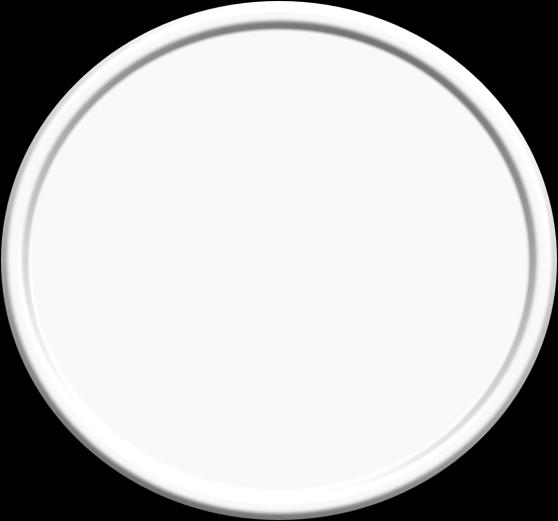

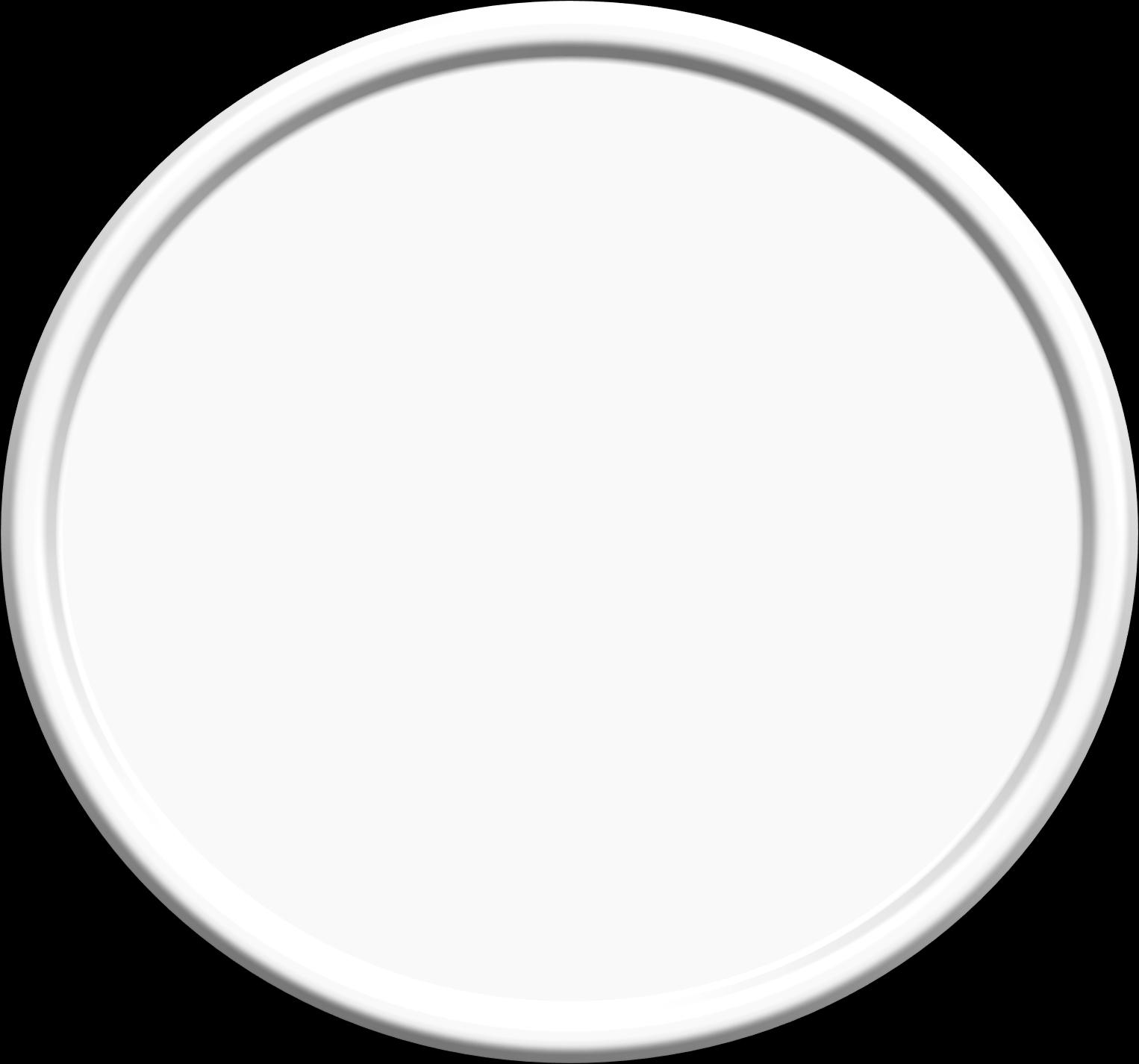
Anchored on Capitalism and Neoliberalism, this creative magazine appraises art and artistic discourse given the status quo.
As mentioned, art is complex and ambivalent, contingent on where it applies and how it is treated. While artistic discourse situates art to pivot positive social change, it is interesting to look at art in the face of the ubiquity of capitalism and neoliberalism and the implications both contextual cultures bring about art in the Philippines and beyond. Specifically, we surmise the predominant "financial" and "hustle" cultures and how they have inevitably affected art production and appreciation.
Thus, this magazine barrow from common descriptions of work and capital, which looks like (a) long night hustles, (b) overworking, (c) prepacked food as a form of indulgence, and the (d) pressures of work-life balance. On this front, we invoke the term "Lundag" (to sink; to descend or submerge into a liquid or similar substance) to substantiate how art has sunken into the depths of the capitalists and neoliberal institutions.






